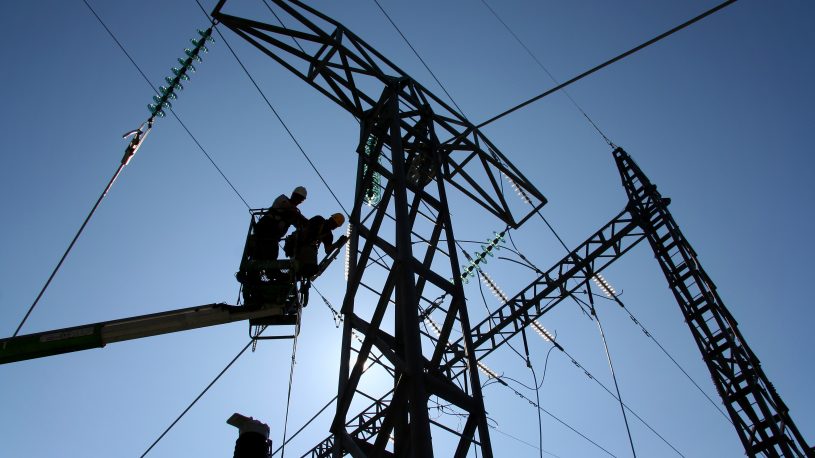
All Utilities employees have been there – an asset gets damaged or becomes too old and needs to be replaced. It’s one of the most routine processes in the book. But, despite how common the asset retirement and swap out process is, many Utility organizations don’t realize that it can wreak havoc on their organization’s data quality and integrity between GIS and EAM systems.
There is a good chance the asset swap out process is compromising the quality and integrity of your data. Read on to learn how your organization can solve this issue.
Let’s start with the basics. In Esri GIS, an asset’s location (e.g., address) and specifications (e.g., asset ID, color, manufacturer, etc.) are contained in one single record. In EAM systems, like IBM Maximo or SAP, asset specifications and asset location are classified as two separate records. At first glance, this doesn’t seem like an issue – they are different systems built with different architectures. However, because GIS only uses one record for asset specs and location, most data and system integration software only links the EAM to the GIS system using asset location.
Thus, whenever an asset is retired and replaced using the asset swap out process in an EAM system, most data integrations do not pick up on the asset change since the location remains the same. In most cases, the new asset never gets added to the GIS system, leading to stale, outdated asset data in the GIS system.
Stay up to date with all things Geonexus!
There are a couple ways to solve this problem. The first is dual entry. With this method, every time an asset swap out process is performed, both the EAM and GIS systems will need to be updated manually with the new asset specifications. Though this seems simple, it is time and energy consuming for your organization’s already overburdened GIS team. And, this method leaves ample room for human error.
The second option – implementing a productized data and system integration platform that properly handles the asset swap out process. With the Geonexus Integration Platform (GIP), customers don’t have to worry about dual entry or stale data caused by the asset swap out process. Our platform ensures asset swap out records are current in both your EAM and GIS systems through the use of alternative IDs and linked records. With GIP, you can easily update the asset location and ID in your EAM system, run your data synchronization, and view the new asset data in GIS.
Learn how the Geonexus Integration Platform can make your organization’s everyday processes simpler and more efficient. Book a 15 minute call with our integration experts today.